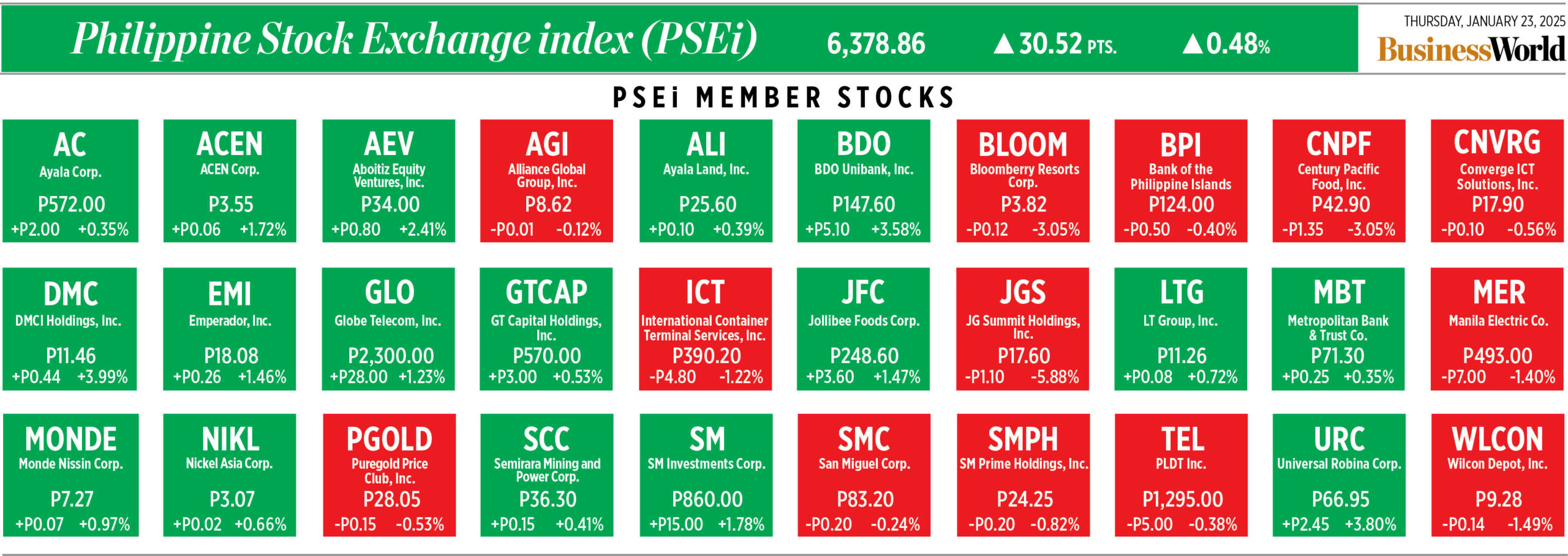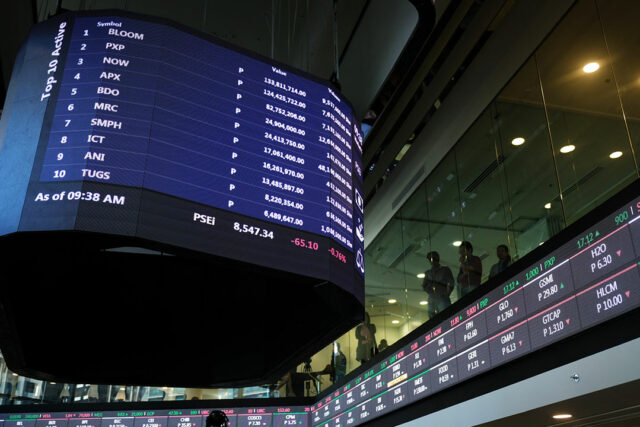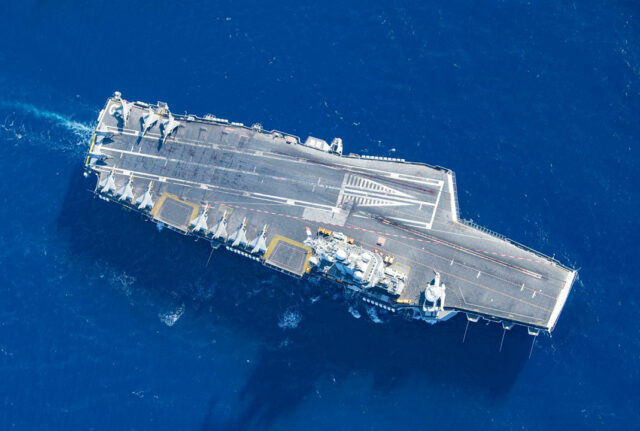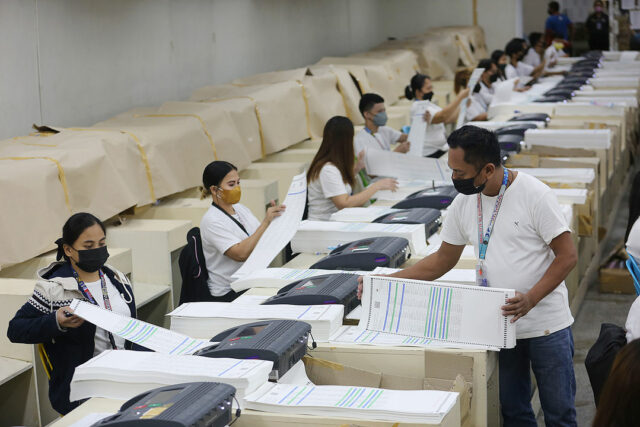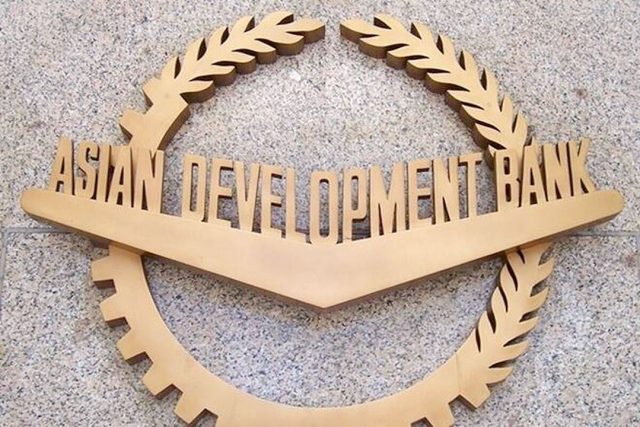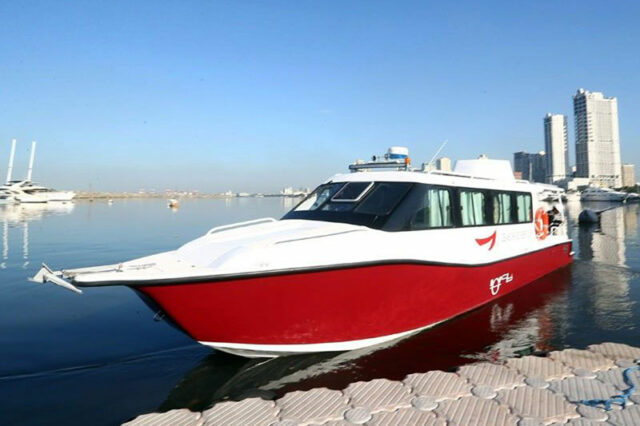HR’s seat in the executive board room
I’m the newly-hired head of human resources (HR) at a medium-sized organization. In my previous job, I was given a permanent seat in monthly department meetings presided over by the chief executive officer (CEO). In my current job, I was surprised to learn that HR has no regular seat during department meetings and is invited only to shed some light on certain issues. I feel this system is unfair to HR. What do you think? — Lunar Scope.
Before directing your eyes to the executive table, consider many factors that may decide if you should have a regular seat or not. Primarily, it depends on the size of your organization and your reporting responsibility. Who is your direct boss? Do you report to the CEO or not? Are you being represented by someone higher in rank and function like the senior vice president for administration and finance?
This should have been clarified with your prospective boss during the job interview process. The basic reference is the organizational chart. If you report directly to the CEO, you should have a permanent seat in the executive board room for the monthly and periodic meetings.
Otherwise, you should be represented by your department boss, regardless of their rank.
Since you’re new to the organization, it’s too early to tell if you’re qualified to have a boardroom seat. HR is a specialized job function that may not be fully performed by anyone in the organization, even if they’re in a higher position, even if their main experience is in administration.
Just the same, you’ll know if you’re entitled to it if you can answer “yes” to the following questions: Do line supervisors and managers constantly seek your opinion? What’s your batting average in influencing the company’s direction? Even outside of HR topics, are you being consulted on matters involving customers, industry trends, product strategies, and many more?
Does your boss (CEO or other high-ranking officials) regularly consult you on HR matters and how they would affect the organization? How are you showing your competence and potential as a strategic business partner who knows the ins and outs of the industry?
UNDERSTANDING THE BUSINESS
The key is to understand the business. Be familiar with the language being used by your colleagues. Know the jargon. Learn the complexities of the business. Spend a considerable amount of time talking with people from operations, sales, production, accounting, and even the IT department.
Get out of the HR suffocating box. There’s a bigger world out there. Don’t be like a goldfish in an aquarium who doesn’t know the beauty of the sea. You can do more if you know the company’s customers, the cost of your operations, quality issues, and even how the sales and marketing people are trying to meet their quotas. By helping people in other departments get what they need to run the business effectively and profitably, you’ll be doing more than what’s expected of you.
One caveat. Don’t bypass the department heads. Seek their approval. Explain that you’re trying a holistic approach. For instance, how would you solve the problems of people having difficulty in meeting their sales or production quota? How about those producing defective products or demonstrating poor productivity?
Many times, the solution is not limited to classroom training. It could be cross-postings to other jobs for one to two years of temporary assignment. Whatever you do, be guided by the following:
One, align your plans and programs with overall business goals. Understand the letter and spirit of the company’s mission, vision, and value (MVV) statements. Review the records. Focus on past milestones. Learn from them.
For example, when you try to help the operations department reduce product defects, what kind of intervention would you propose to the concerned department head using the MVV framework?
Again, be careful on this. The production department head may feel slighted when you discover a tangible solution that may put them in an uncomfortable situation.
Two, know your department workers well. Understand their strengths and weaknesses. Help them achieve their career objectives. This is imperative. You can’t give what you don’t have. If you can’t manage the HR department well, then how could you help other departments?
Have a monthly meeting with your direct reports. Ensure that everyone is on the same page. Aside from the monthly meeting, be the first department head to institutionalize casual engagement dialogues. Before doing this, check their 201 files and look for their career interests as fodder for your meeting.
In general, be strong on the consultative function of HR so you will be looked upon as the internal expert on workforce matters. Go beyond the oft-repeated mantra that “the workers are our greatest assets.” This worn-out expression is never translated into real action that produces the best results.
If you can do that, you’ll guarantee yourself a seat in the board room, even if you don’t report to the CEO, as they will find you indispensable. But be ready to manage your detractors as well by applying rational thinking that they can’t refute.
Organize an exclusive program called Superior Subordinate Supervision for your organization. Packed with practical coaching strategies, this event ensures the delivery of results within hours of the workshop. For details, e-mail elbonomics@gmail.com or via https://reyelbo.com





